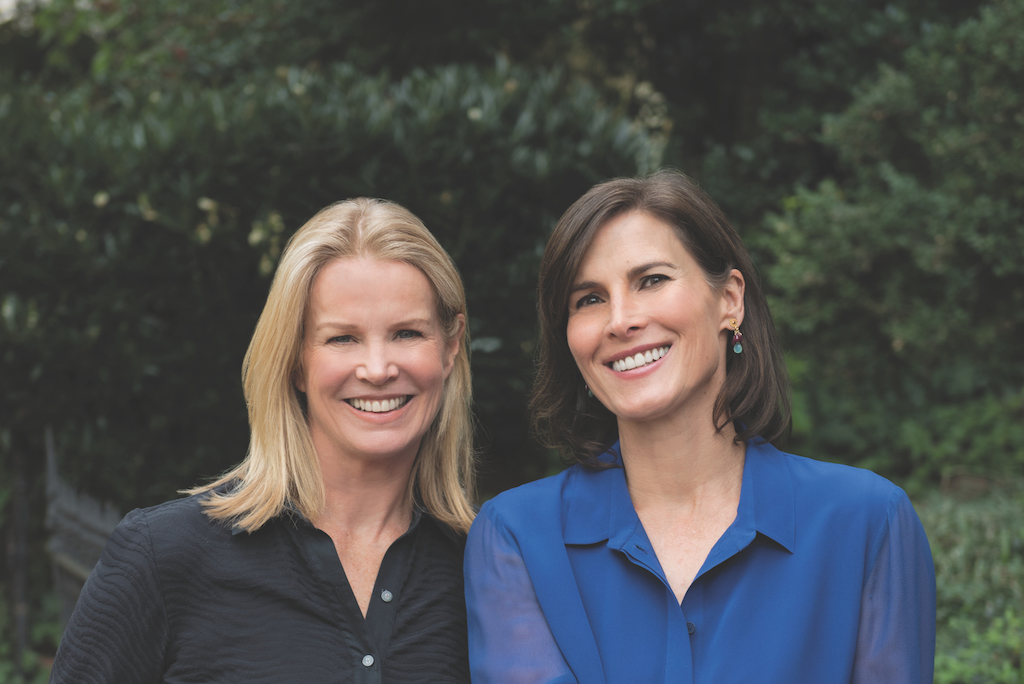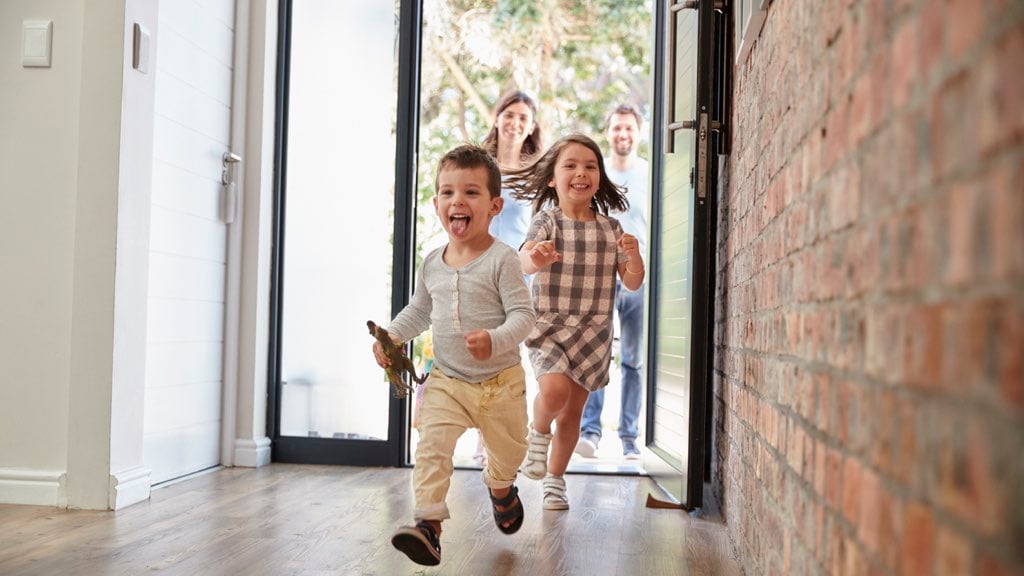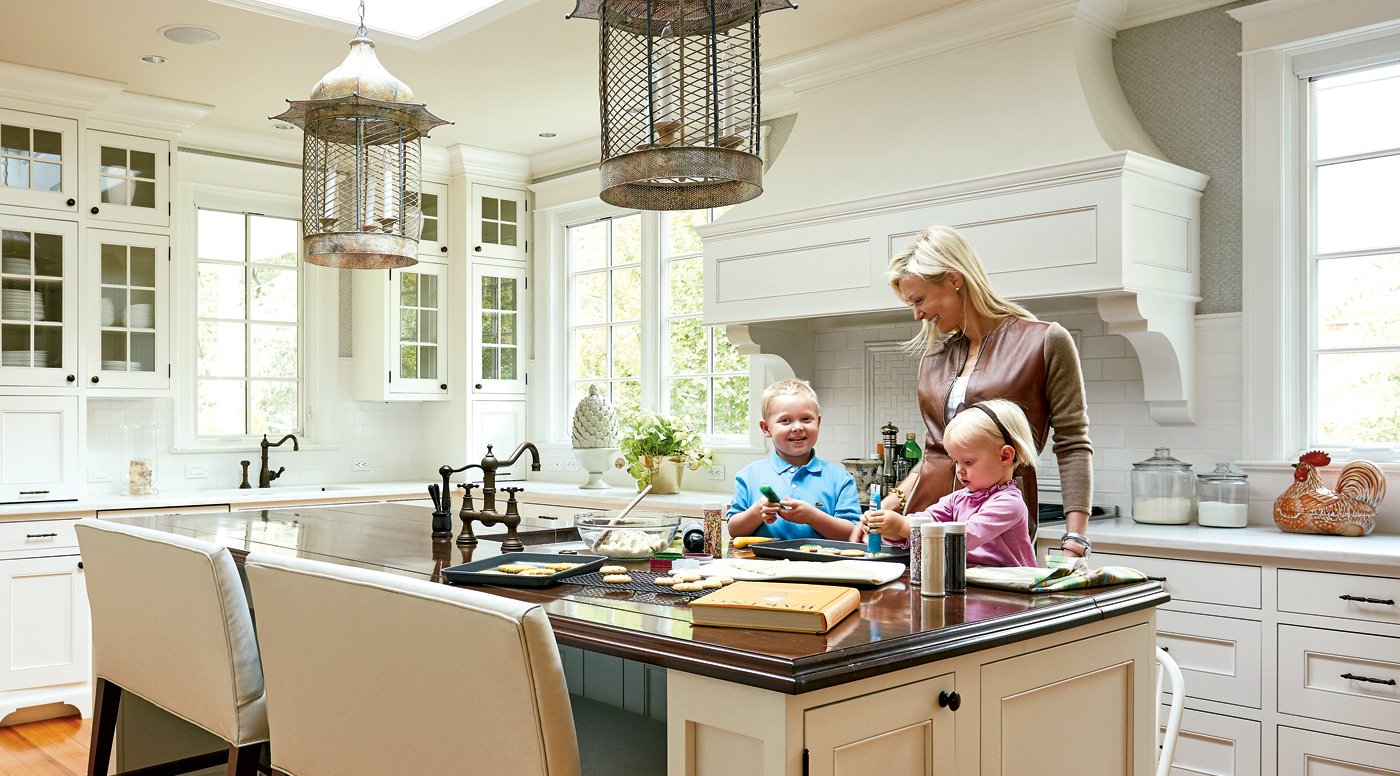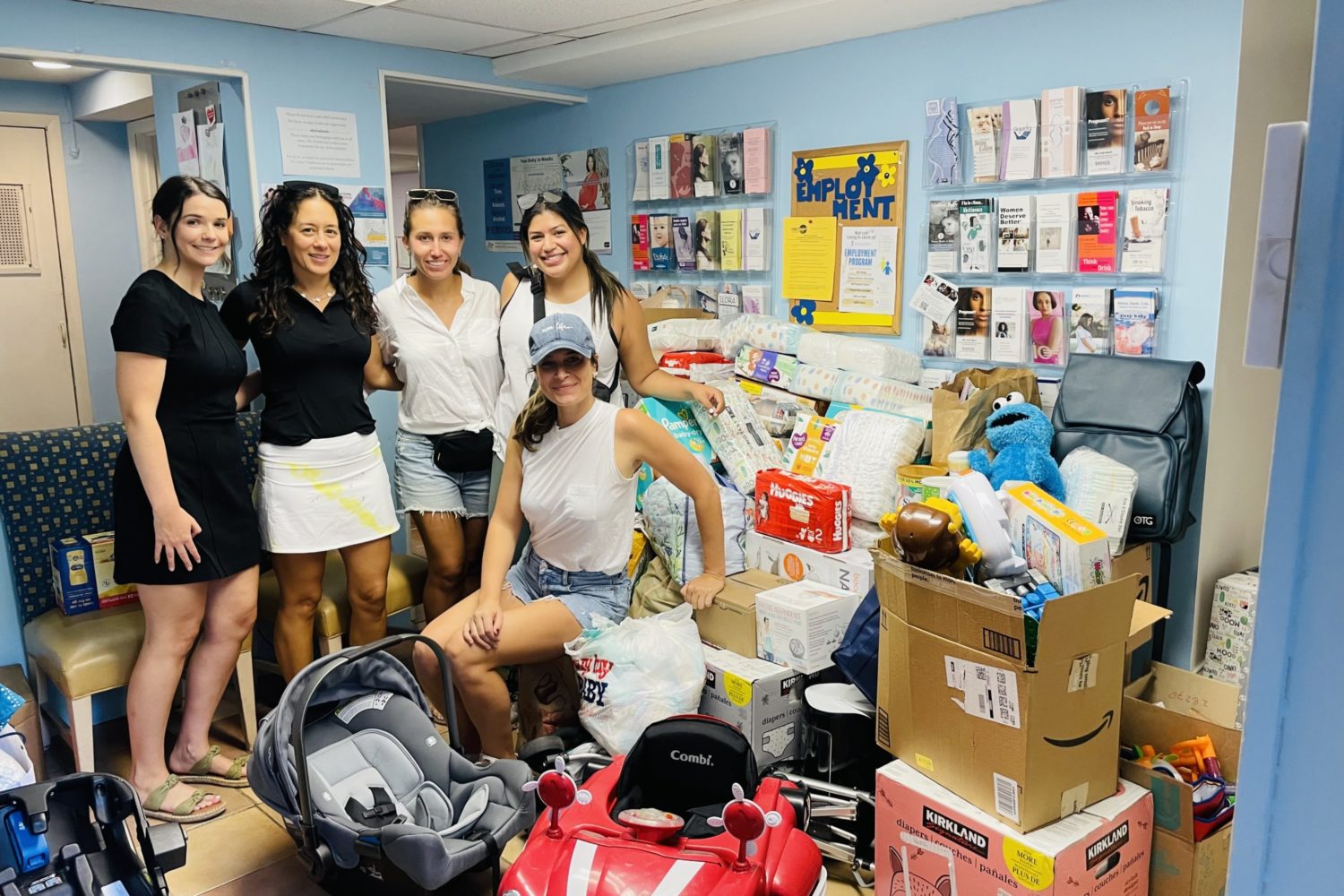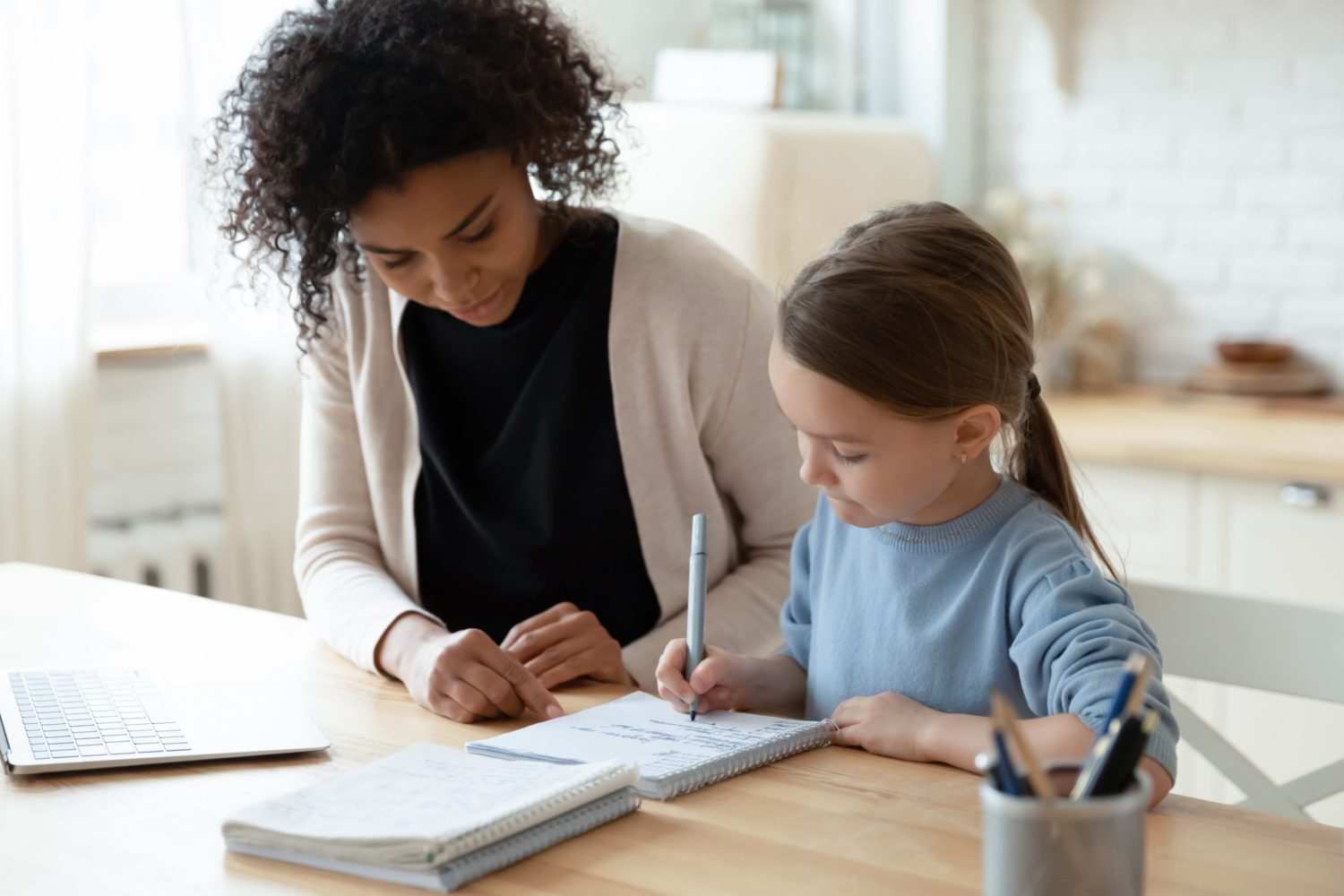Katty Kay and Claire Shipman’s bestselling 2014 book The Confidence Code gave women a formula for long-term success: thoughts plus confidence equals action. Their new book, The Confidence Code for Girls, aims to do the same for the 8-12 set. We spoke with Kay, an anchor for BBC News, and Shipman, a public speaker and former TV reporter, about how parents of children of all ages—and anywhere on the gender spectrum—can foster confidence in their kids.
Washingtonian: The Confidence Code aims to help grown-up women embrace their individual self-worth and own their awesomeness. How did you decide that the next logical move was to write something for 8- to 12-year-old girls?
Katty Kay: When we wrote the adult book, it became pretty clear that the dip in confidence started well before adulthood. And that always intrigued us, the way girls who were doing so well in school and in extracurricular pursuits stopped believing in their ability to succeed. The data showed us that it started to drop off around the age of 8 or 9, right as girls were going through puberty and estrogen production ramps up. Estrogen boosts our EQ and bestows a lot of positive qualities—the ability to read a room, to be nurturing, to become great mentors. But one of the downsides is that it causes us to overthink things and become very cautious. From that comes a certain amount of people-pleasing, of being a “good girl.” And then teachers and parents start praising those qualities … I mean, in a classroom of 24 kids, who doesn’t appreciate the girl who sits quietly and does her work? As a mother of four, I know that that’s really nice to have. But we are unwittingly playing into this idea of raising girls who don’t rock the boat, who work hard to please people, who feel the need to be perfect. And all of those are attributes that are at odds with the inclination to take the risks necessary for building confidence.
Girls in those late elementary/early middle school years start to define themselves by the groups they fit into. So how do you encourage confidence at an age where openly displaying self-doubt—“I hate my hair, yours is so much prettier”—is often the best way to fit in socially?
KK: You’re right—it’s tricky because the desire to fit in is very important for girls in teenage years. They don’t want to be exceptional or draw attention to themselves or stand out as different. We interviewed some female college students who were thinking about running for office on campus, and one thing they said was really hard for them was the idea of being self-aggrandizing. Women really struggle with the idea that people see them as being too big for their boots.
Claire Shipman: But knowledge is power. If you can at least recognize what your brain is doing, if you can see those warped thoughts and name them, recognize those habits you don’t even know are habits, that’s very empowering. For example, you don’t have to say you’re sorry all the time. Pay attention to how much you apologize for yourself and know that it’s okay to stop doing it. Sometimes being courageous means just taking the risk to communicate honestly with a friend, or stand up for someone if it’s not cool, or even turn off your social media and not get too invested in how someone looks. Those kinds of things are risks, but they’re powerful actions to take. We’re trying to plant the seed at a young age through awareness. Role models are also powerful—we have a lot of examples of real-girl confidence in the book.
So if women are biologically designed to be risk-averse and smooth things over, why is it important to encourage our kids to fight that biological instinct?
KK: Well it’s not like you’re not making advances at all—it’s just that you’re not making the advances you might make if you were prepared to try things that are new and hard. What builds confidence is getting outside of your comfort zone, and with that process is a certain amount of risk-taking and knowing you might fail. So we’re trying to normalize the risk of failure. Failure is an inevitable part of taking risks and building confidence—it happens to your parents, your teachers, your friends. But our research shows that starting in teen years, girls become terrified of failure. They do everything to try to avoid it.
What can we do start doing today to instill these ideas in our kids?
CS: As a mother, please do not model perfectionism for your kids! You are the most important role model—even though it might not feel like it when they get to be 13 and they’re making fun of everything you do. Your kids watch you closely. Talk about your failures and what you learned from them, the risks you’re taking, what makes you uncomfortable and what you do about it.
We also found that dads are especially good at spotting a lack of confidence in their daughters—they can play a big role by encouraging their girls to go outside their comfort zone. That’s the message here: Don’t settle for letting your daughters feel comfortable. Let them screw up and don’t swoop in to fix it. It can be a relief for parents to know that they don’t have to fix everything. It’s good for your kids to fail! They’re learning and growing. You don’t want them to only rack up successes.
What can parents of boys do to help foster a culture that accepts confident, fearless girls?
KK: There’s a chapter in the book called “Become a Culture Critic” that boys should read. It’s about noticing insidious inequities in everyday life. Notice that in Nike ads, the men are often in motion—running, playing sports—while the girls are posing. It sends the message that for boys, the goal is action and for girls, the goal is achieving the perfect image. We also use the example of a Boys’ Life magazine cover that talks about possible careers you might have and adventures you can experience versus a Girls’ Life magazine from the same time period with articles about how to have your best kiss and wake up with perfect hair. And guess when the date is? 2016. This stuff is all around us, even today.
How can parents who don’t understand Snapchat streaks or the importance of Instagram ratios influence kids in middle school, when the social dynamic of peers and media is so strong?
KK: I think a lot of this is about being a role model—if we’re not afraid of failure, if we’re speaking up and rocking the boat, it does have an impact on our kids. So talk to your girls about how to use social media in ways that are positive. We have a whole chapter about how social media can be used to campaign for something that’s important to you or connect you to a group of people with similar interests. We launched a campaign with Instagram called #captureconfidence, which was all about promoting girls who were doing things or taking action.
With the growing incidence of anxiety and depression among teens, do you see this book as helping to stem some of that at an earlier age?
CS: That would be ideal, wouldn’t it? We are thinking about this book as a kind of inoculation against the undue pressure and self-doubt that can lead to those issues. If we can get this message in there just before girls’ brains start [getting flooded with negative messages], we can have an effect. We want to stay positive and help them understand that there are going to be some differences that they’ll notice and noticing is important—so what are they going to do about it? The message is that you have the power to do something about it. The girls who we hold up as examples have done brave things but that are within reach.
What about those girls who seem confident on the outside but not so much on the inside?
CS: We talk about the difference between real confidence versus fake confidence. Taking action creates more confidence, and being a girl of action means defining yourself by what you’re doing, not by how you look and how much you can craft your image. And should you fake it till you make it? You do need something to get you started in the cycle of confidence creation, but we found—and a lot of psychologists confirmed this—that pretending to be something you’re not is actually a drain on your confidence. So faking it doesn’t really work, because we’re already inclined to feel like frauds. You’re better off saying, “I’m afraid of this situation but I’m going to do it anyway.” Somebody told me that their mantra is: Do it afraid. You can’t wait until you remove all fear because then you’ll never act.
Any tips on how to fight the idea that we have to be nice all the time or risk losing our social currency?
CS: You have to expect that your kids are going to want to fit in, but look for those moments when they’re willing to take a stand and celebrate them for that. This is the time when girls are figuring out who they are. If you think about it, if everybody likes you—if you’re crafting yourself to please other people, you probably haven’t really defined yourself. Girls need to know it’s okay if not everybody likes you!
What did you learn in turning this into a book for girls?
CS: Certainly a lot more about all the mistakes I made that are now too late to fix. We also learned a lot more about the risks of communicating—this goes for adult women, too. I learned a lot more about the power of getting your mind off yourself—the power of getting involved in something that’s bigger than you are, which can be a tool for confidence building. But I also doubled down on understanding that I need to back off as a parent and let my kids work through things independently. I find that if my kid has a social situation, I think about what the long-term ramifications are and project way into the future. It’s important for me to turn off that part of my brain as she deals with whatever it is and let her get a handle on it on her own.

